Description
This plant is restricted for shipment to CA, ID, WA, OR, or Canada.
Latin Name: Prunus serotina
Other Common Names: Black Cherry, Rum Cherry, Wild Cherry
Hardiness Zones: 3-9
Mature Size: The Wild Black Cherry tree is among the largest cherry trees, typically reaching heights of 50-80 ft (15-24 m), occasionally up to 100 ft (30 m) tall. It has a narrow, round crown (Missouri Botanical Garden). This tree is moderately long-lived, with some individuals known to live up to 258 years. It is hardy, fast-growing, and long-lived.
Preferred Soil and Climate: Wild Black Cherry thrives in average, well-drained soil, ideally fertile loam, in full sun to part shade conditions. It is native to eastern North America (Missouri Botanical Garden).
Additional Notes: Young trees develop a deep taproot, making transplanting challenging. It is an aesthetically pleasing tree, especially in spring when showy white flowers appear in clusters up to 6 in (15 cm) long. These flowers are racemes that precede clusters of small, dark purple to black cherries that ripen by late summer. While raw fruit is bitter and not generally edible, it can be used for jams, jellies, or flavorings in beverages. Leaves emerge alongside flowers in spring, characterized by a narrow, oblong to lanceolate shape, reaching up to 5 in (13 cm) long. They are dark green and shiny on top, paler beneath (Virginia Tech), with finely toothed edges. In fall, leaves turn yellow to pink. Mature bark is dark and scaly, emitting a bitter odor due to toxic compounds present in leaves, bark, and roots; in young trees, this odor resembles almonds. Native Americans utilized the inner bark for medicinal purposes. The hard, reddish-brown wood is prized for musical instruments, furniture, gun stocks, and cabinets (Missouri Botanical Garden).
Common Issues: Wild Black Cherry is susceptible to various pests and diseases including root rot, dieback, powdery mildew, leaf spot, fire blight, and leaf curl. Common pests include spider mites, scale insects, tent caterpillars, aphids, leafhoppers, Japanese beetles, and borers (Missouri Botanical Garden).
Wildlife: The fruit of Wild Black Cherry is consumed by mallards, turkeys, ruffed grouse, bobwhite quail, pheasants, many woodpeckers, and numerous other species (Missouri Botanical Garden).
Cold Stream Farm supplies Wild Black Cherry trees which are grown as bare root seedlings and transplants and sold both wholesale and retail with no minimum order.
Sources:
- Virginia Tech: Wild Black Cherry
- Missouri Botanical Garden: Prunus serotina

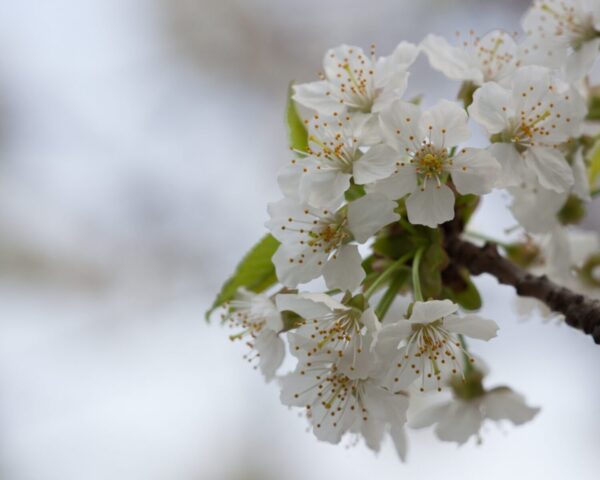
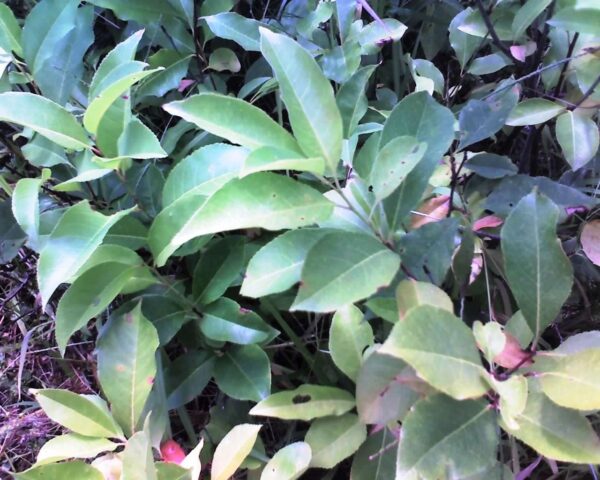
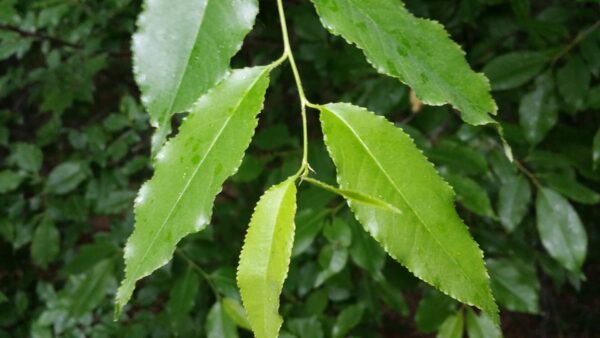
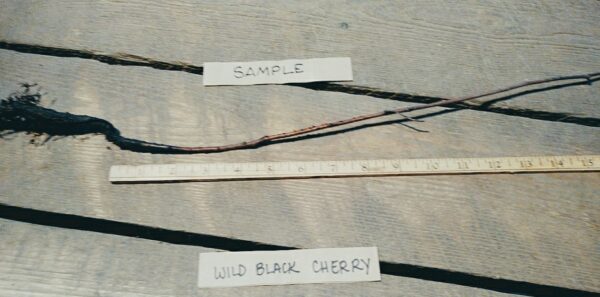
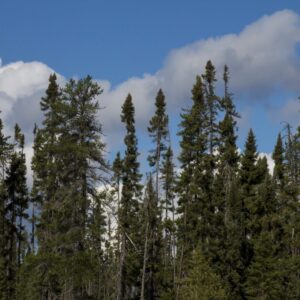
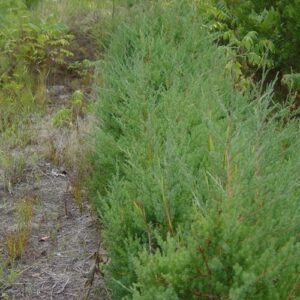
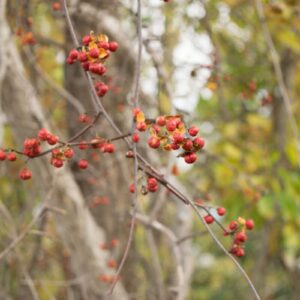
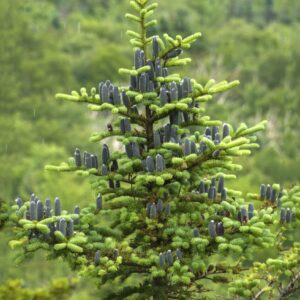
Anthony Thorne –
Spring 2023
Chinese chestnut 25/25
Wild black cherry 23/25
American hazelnut 25/25
Sugar maple 24/25
Northern pecan 8/8
English walnut 0-4/8 none have broke bud but praying 4 will.
Pawpaw 7/36
Shellbark hickory 8/8
Honey locust 25/25
American persimmon 17/25